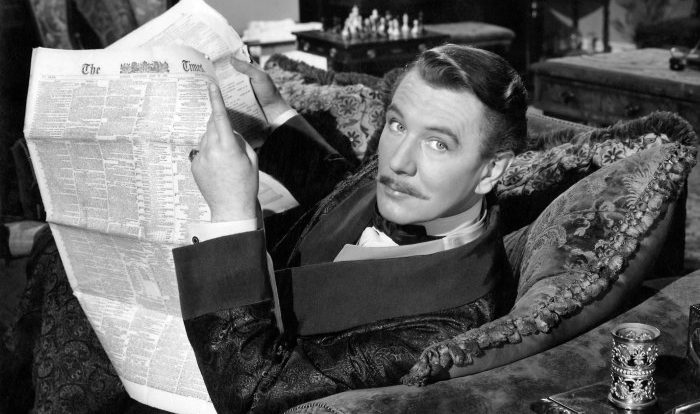The wind tapped like a tired man, a phrase that evokes a vivid image and invites literary exploration. This phrase, rich in symbolism and sensory details, offers a glimpse into the imaginative world of language and its power to paint pictures in our minds.
As we delve into the analysis of this evocative phrase, we will uncover the layers of meaning and artistry that lie within, examining its rhythm, sound patterns, and the emotions it conveys. Through a journey of literary analysis, we will unravel the secrets of this poetic expression and gain a deeper appreciation for the beauty and complexity of language.
Literary Analysis

The phrase “the wind tapped like a tired man” employs vivid imagery to personify the wind as a weary individual. This literary device brings the natural force to life, imbuing it with human qualities.
Figurative Language
The phrase utilizes a simile, comparing the wind’s actions to those of a tired person. This comparison creates a vivid picture in the reader’s mind, making the wind seem more relatable and tangible.
Personification, The wind tapped like a tired man
The personification of the wind as a tired man further enhances the imagery. By attributing human characteristics to the wind, the phrase suggests that it possesses emotions and physical sensations, just like a human being.
Sensory Details
The phrase incorporates sensory details that contribute to its vividness. The word “tapped” evokes a gentle, rhythmic sound, while the reference to a “tired man” suggests a sense of weariness and exhaustion. These sensory details create a multi-dimensional experience for the reader, making the imagery more impactful.
Symbolism and Interpretation: The Wind Tapped Like A Tired Man
The phrase “the wind tapped like a tired man” suggests a personification of the wind, implying that it possesses human-like qualities and characteristics. This can be interpreted in various ways, depending on the context and the reader’s perspective.
Symbolic Meanings of the Wind
- Freedom and Unpredictability:The wind is often associated with freedom and unpredictability, as it moves freely and can change direction suddenly.
- Change and Transformation:The wind can also symbolize change and transformation, as it brings new air and can sweep away old things.
- Renewal and Vitality:The wind can represent renewal and vitality, as it brings fresh air and can invigorate the senses.
Reflection of the Speaker’s Feelings
The phrase “the wind tapped like a tired man” might reflect the speaker’s own feelings of weariness or exhaustion. The wind’s tapping could be seen as a metaphor for the speaker’s own gentle but persistent efforts to make their presence known or to communicate something.
Other Literary Works
The wind has been used as a symbol in many literary works throughout history. Some notable examples include:
- The Wind in the Willowsby Kenneth Grahame: The wind is a recurring character who represents freedom and adventure.
- Gone with the Windby Margaret Mitchell: The wind is a symbol of the passage of time and the changes it brings.
- The Kite Runnerby Khaled Hosseini: The wind is a symbol of hope and redemption.
Rhythm and Sound
The phrase “the wind tapped like a tired man” exhibits a distinctive rhythmic pattern and sound scheme that contribute to its musicality. The rhythm is characterized by a combination of iambs (unstressed-stressed syllables) and trochees (stressed-unstressed syllables), creating a subtle yet engaging flow.
The phrase also employs alliteration and assonance, which enhance its sonic appeal.
Alliteration and Assonance
Alliteration is the repetition of consonant sounds at the beginning of words, while assonance is the repetition of vowel sounds within words. In the phrase, the repetition of the “t” sound in “tapped” and “tired” creates alliteration, while the repetition of the “i” sound in “tired” and “man” creates assonance.
These sound patterns add a sense of rhythm and flow to the language, making it more pleasing to the ear.
| Phrase | Sound Pattern | Type |
|---|---|---|
| The wind tapped like a tired man | “t” | Alliteration |
| The wind tapped like a tired man | “i” | Assonance |
| The curfew tolls the knell of parting day | “k” | Alliteration |
| The curfew tolls the knell of parting day | “e” | Assonance |
Comparing the sound patterns in “the wind tapped like a tired man” to those in other poetic lines, we find similarities in the use of alliteration and assonance. For instance, in the line “The curfew tolls the knell of parting day” by Thomas Gray, alliteration is achieved through the repetition of the “k” sound, while assonance is created by the repetition of the “e” sound.
This comparison highlights how these sound patterns are commonly employed in poetry to enhance rhythm and musicality.
Imagery and Description
The phrase “the wind tapped like a tired man” conjures up a vivid mental image of a weary traveler knocking gently on a door. The verbs “tapped” and “knocked” suggest a light, hesitant movement, while the adjective “tired” conveys a sense of exhaustion and weariness.
Specific Verbs and Adjectives
The use of specific verbs and adjectives in this phrase creates a sensory experience that engages the reader’s imagination. The verb “tapped” implies a gentle, rhythmic motion, while the adjective “tired” evokes a feeling of weariness and fatigue. This combination of sensory details creates a vivid and memorable image in the reader’s mind.
Other Examples
Other phrases or lines of poetry that use similar imagery include:
- “The rain fell like a thousand tiny needles” (Emily Dickinson)
- “The wind howled like a banshee” (Charlotte Brontë)
- “The snow whispered softly on the roof” (Henry Wadsworth Longfellow)
These phrases all use specific verbs and adjectives to create vivid sensory experiences that evoke a strong emotional response in the reader.
User Queries
What is the significance of personifying the wind as a tired man?
Personifying the wind as a tired man emphasizes the human-like qualities of nature. It allows us to relate to the wind on a personal level, understanding its weariness and struggle.
How does the phrase “tapped” contribute to the imagery?
The verb “tapped” suggests a gentle and persistent knocking, creating a vivid auditory image. It evokes a sense of someone trying to gain our attention or enter our space, adding to the personification of the wind.
What is the symbolic meaning of the wind in this phrase?
The wind can symbolize various things, including change, freedom, and the passage of time. In this phrase, it could represent the inevitable march of time and the weariness that comes with it.
